Australia has its national flag, but it also has a set of Australian state flags that reflect the heritage and individuality of each state. While all are derived from the British Blue Ensign, each has unique badges and emblems symbolising its history, geography, and culture. The state flags of Australia are examples of how colonial traditions and local symbols can be blended together.
Key Takeaways
- Shared Framework: All six Australian state flags are based on the Blue Ensign, a legacy of British colonial rule that required colonies to use defaced ensigns.
- Unique Badges: Each flag features a distinctive badge in the fly that reflects its history, geography, or culture.
- Colonial Heritage: The Union Jack in the canton and the heraldic devices demonstrate strong links to Britain, while adaptations such as the Southern Cross or local animals signify Australian identity.
- Evolution Over Time: Some states updated their flags to replace outdated or overly British emblems (e.g., Queensland replacing Queen Victoria’s head, South Australia adopting the piping shrike in 1904).
- Modern Use: Today, the state flags of Australia are flown at parliaments, schools, sporting events, and commemorations. They act as both symbols of state pride and components of a broader national identity.
- Cultural Significance: Each flag has survived more than a century of use, showing how colonial designs have been reinterpreted into lasting emblems of community, pride, and representation.

The Role of State Flags in Australia
Each of Australia's six states has its own official flag. With the Union Jack in the canton like other Australian flags, and a distinctive badge on a disc in the fly, they all reflect Australia's colonial past. British authorities required colonies to use defaced ensigns, so while the basic design of each flag is somewhat similar, it's the unique elements that make these flags enjoyable. These flags initially identified ships, but they became everyday markers of state pride. They're now flown at parliaments, schools, sporting events, and official ceremonies.
New South Wales
The New South Wales flag adds a white disc bearing a red St George's Cross, a gold lion, and four eight-pointed stars. It was adopted in 1876 and reflects the colony's strong English heritage. Its symbolism represents both strength and the southern skies.
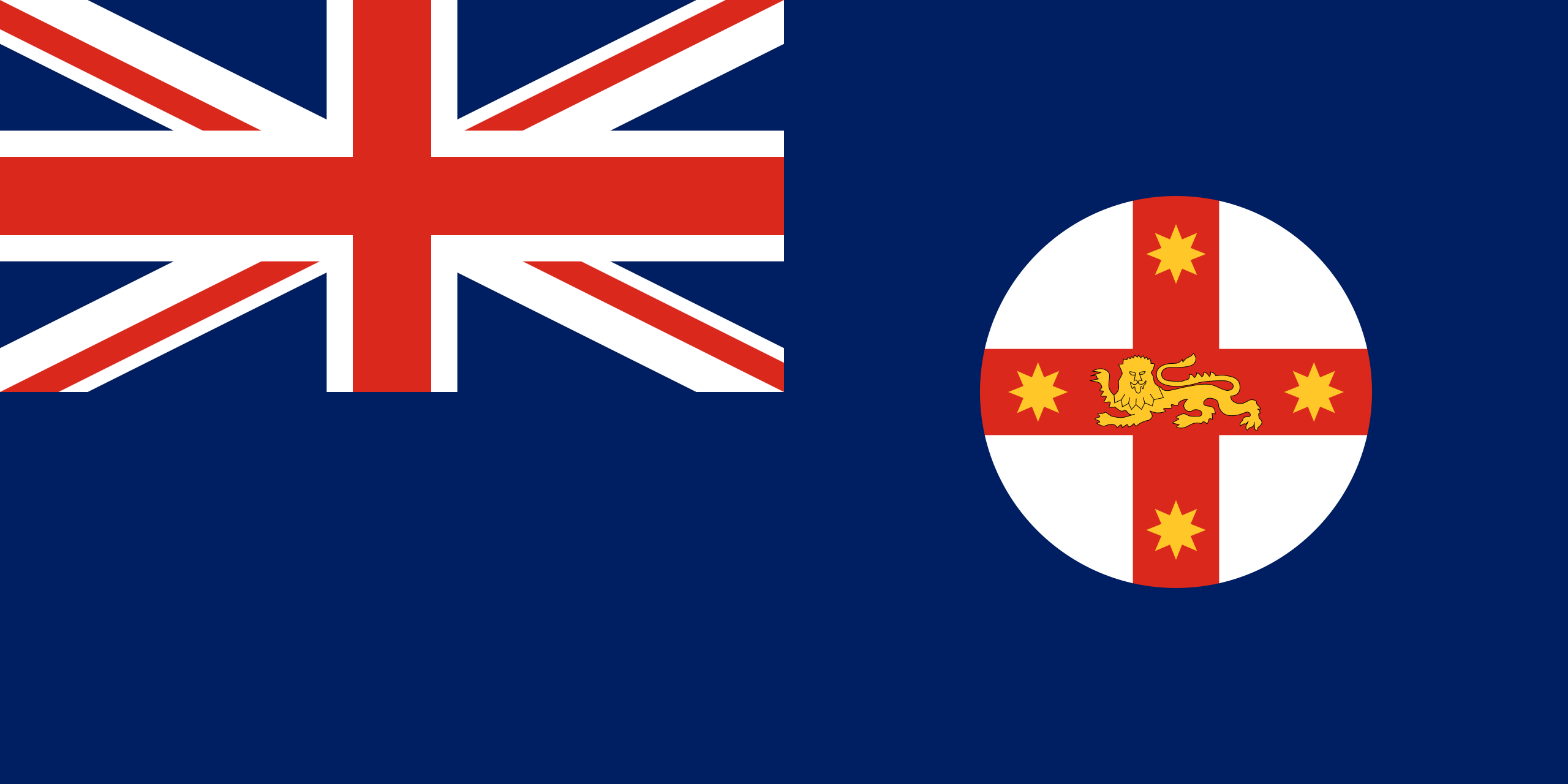
Victoria
The flag of Victoria was adopted in 1877. The Southern Cross on this state's flag is accompanied by St Edward's Crown above it. The crown symbolises the state's loyalty to the monarchy and is updated to reflect the reigning sovereign. Earlier variations without a crown were deemed incomplete by British authorities, especially given that they very closely resemble the national flag adopted by Australia.
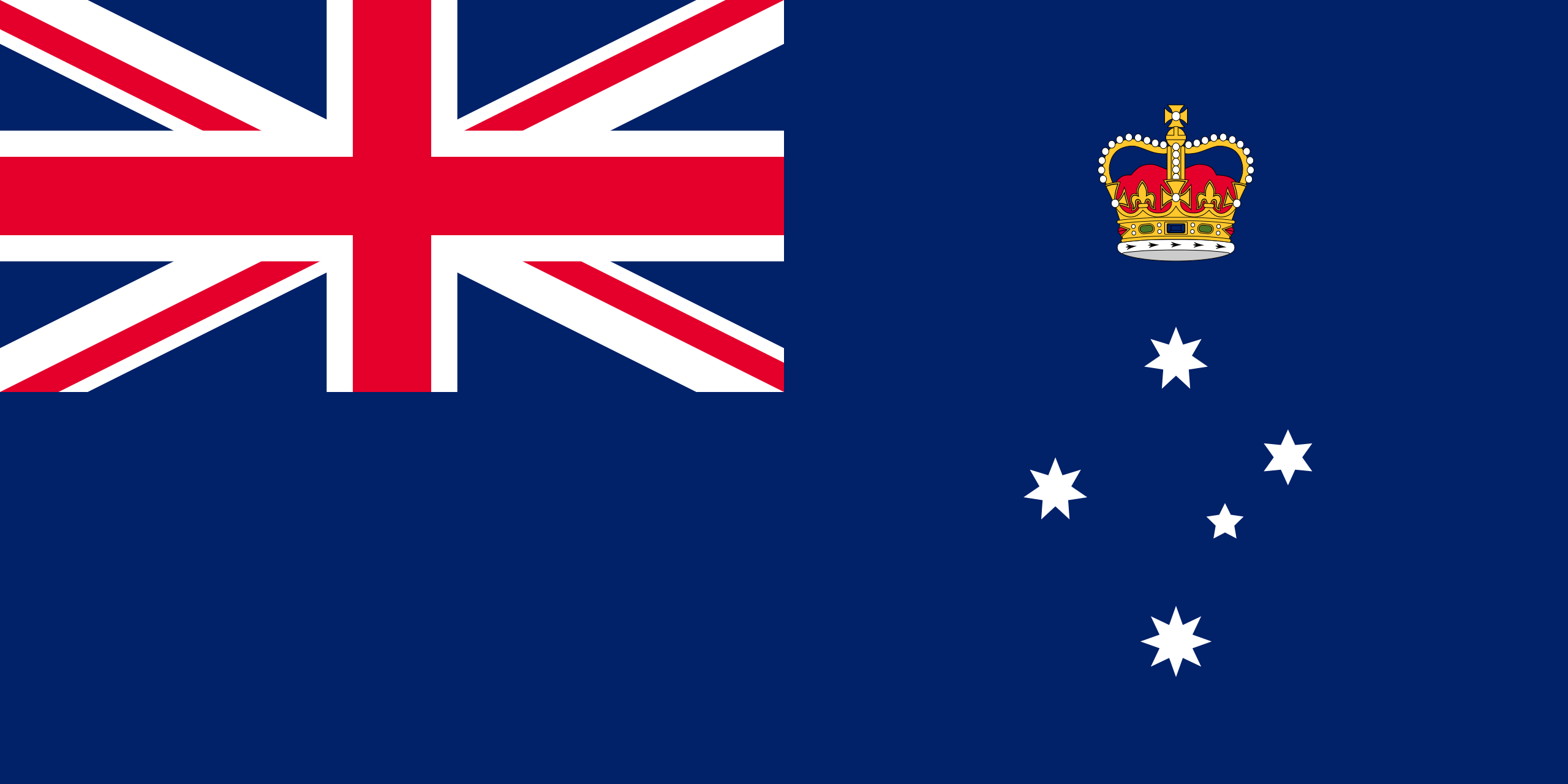
Queensland
The Queensland flag was adopted in 1876. It includes a white disc with a light blue Maltese cross and a royal Crown. The Maltese Cross is quite a unique and distinctive emblem and was chosen to reflect ideals of honour and service. Queensland's badge originally displayed Queen Victoria's profile, but this was replaced due to concerns that the monarch's image was too specific and dated.
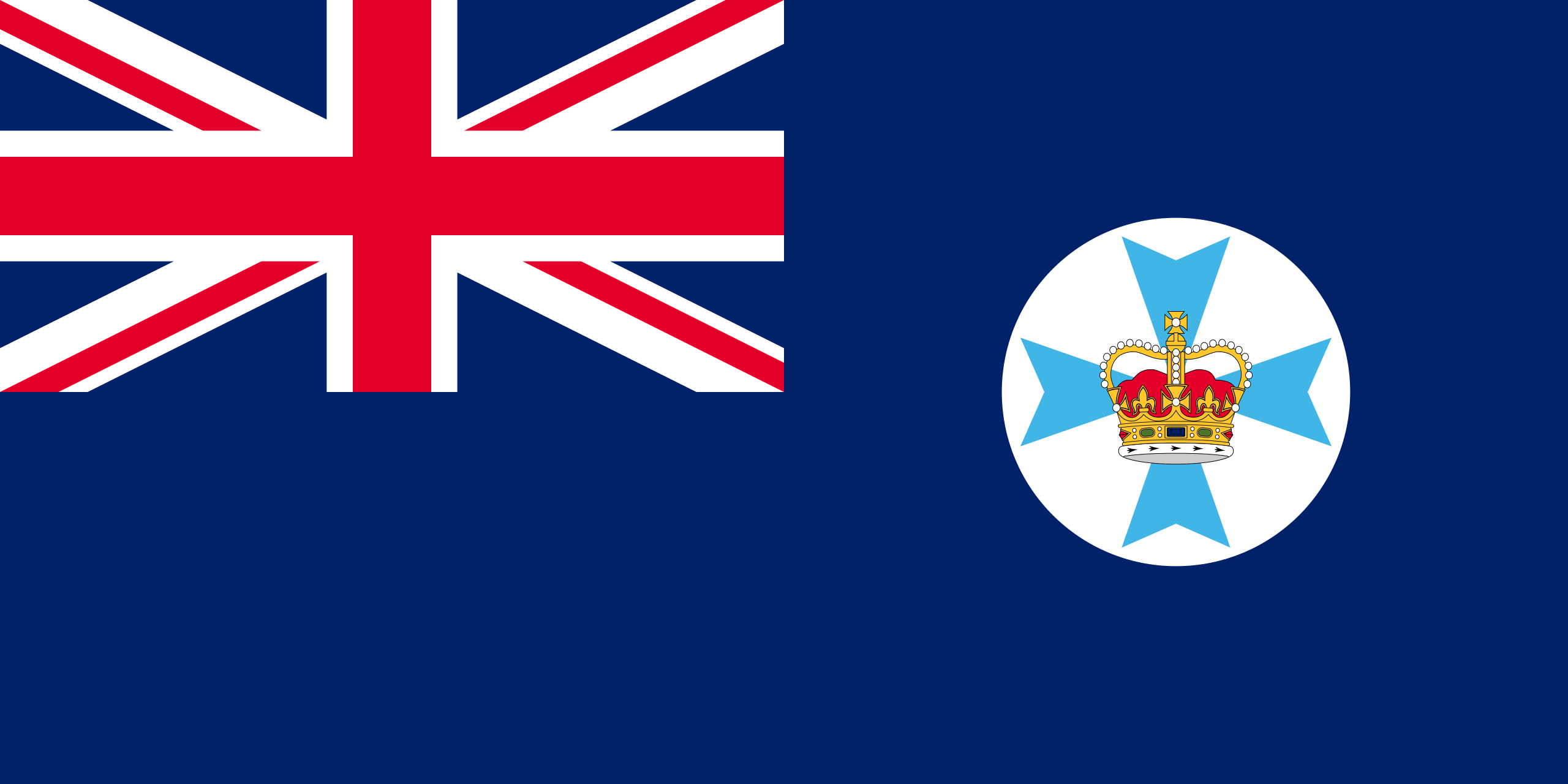

South Australia
South Australia's current flag was adopted in 1904, which makes it one of the newer state flag designs. The golden disc features a piping shrike (Australian magpie) with its wings outstretched. This uniquely South Australian emblem represents progress, vigilance, and freedom. Earlier colonial badges were less distinctive and more closely related to British heraldry, often criticised for not being flags for Indigenous Australians. The piping shrike is a powerful symbol of state pride and is on the state's coat of arms as well as the flag.
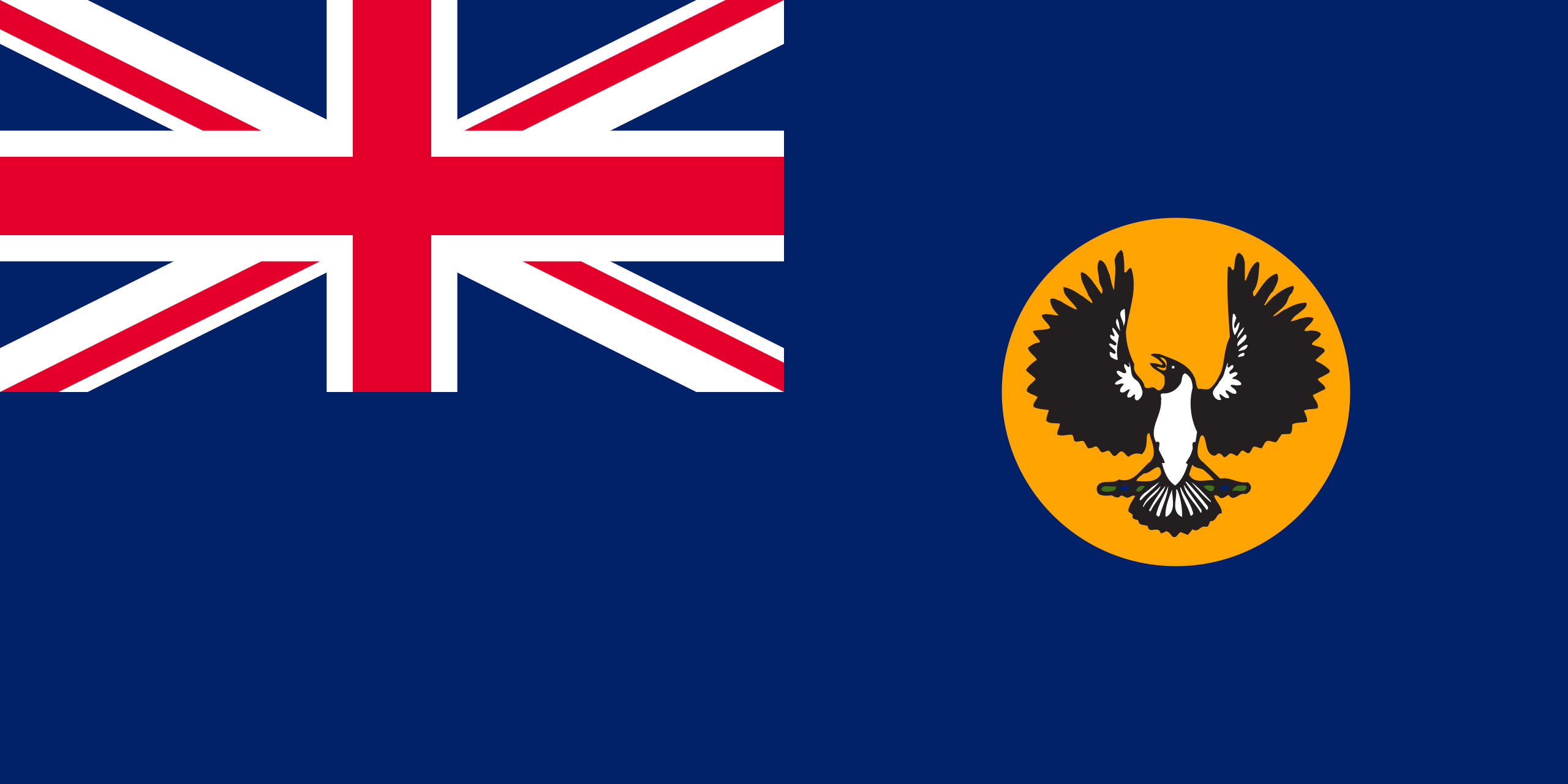
Western Australia
Western Australia's flag was officially confirmed in 1953. It includes a golden disc with a black swan. The swan has been an important symbol of WA since the Swan River colony was founded in 1829. The black form on the gold disc makes it one of the most distinctive state flags.
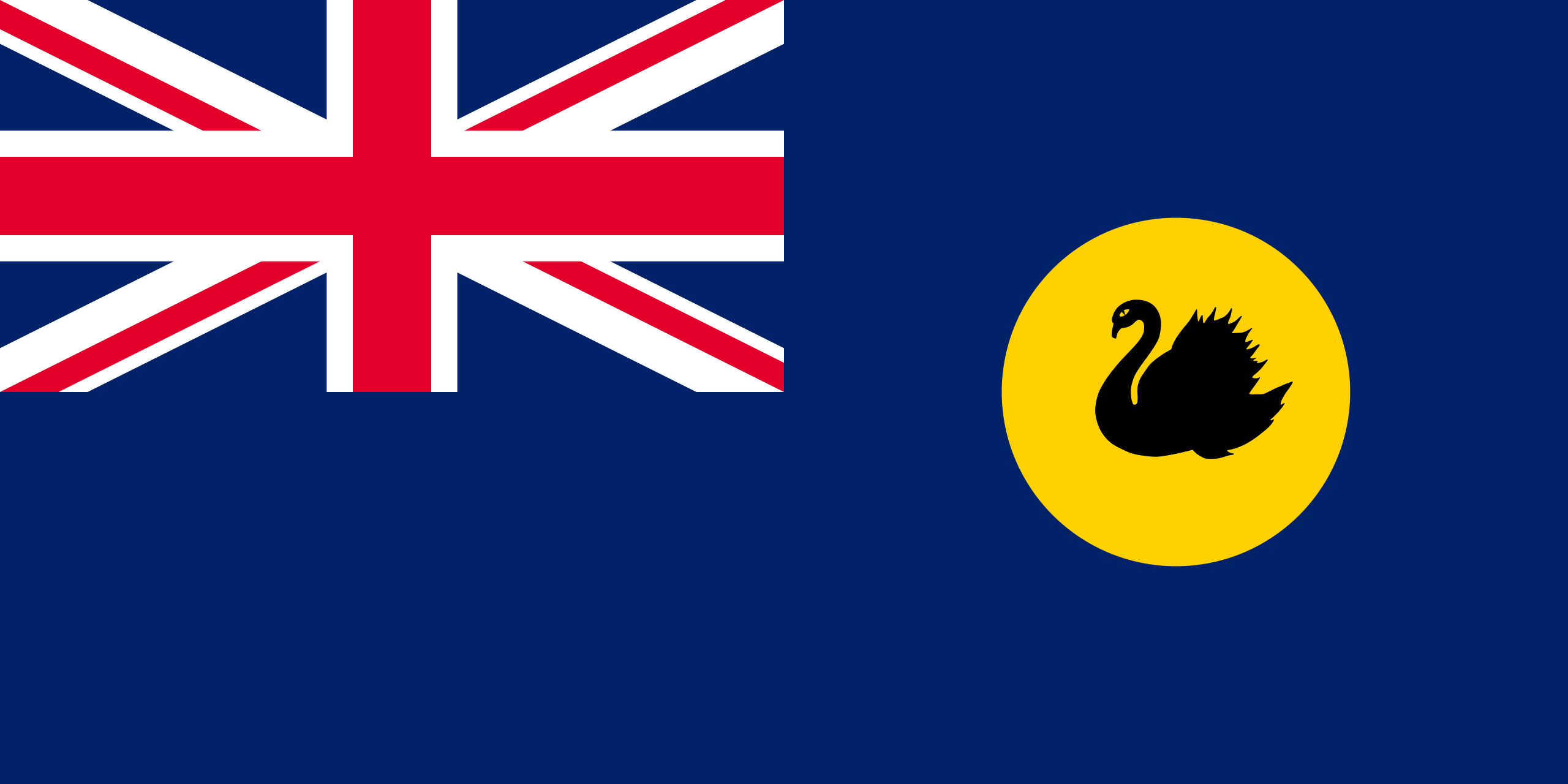
Tasmania
Tasmania's flag includes a red lion passant. The lion, which is also a traditional symbol of England, was chosen because of its strength and recognisability. This links the colony directly to its British origins, much like the design elements of national flags and the various Australian Ensigns. This is one of the simplest of the state flags, which was a deliberate choice, and a good one for flags. The red lion is also on the Tasmanian coat of arms.
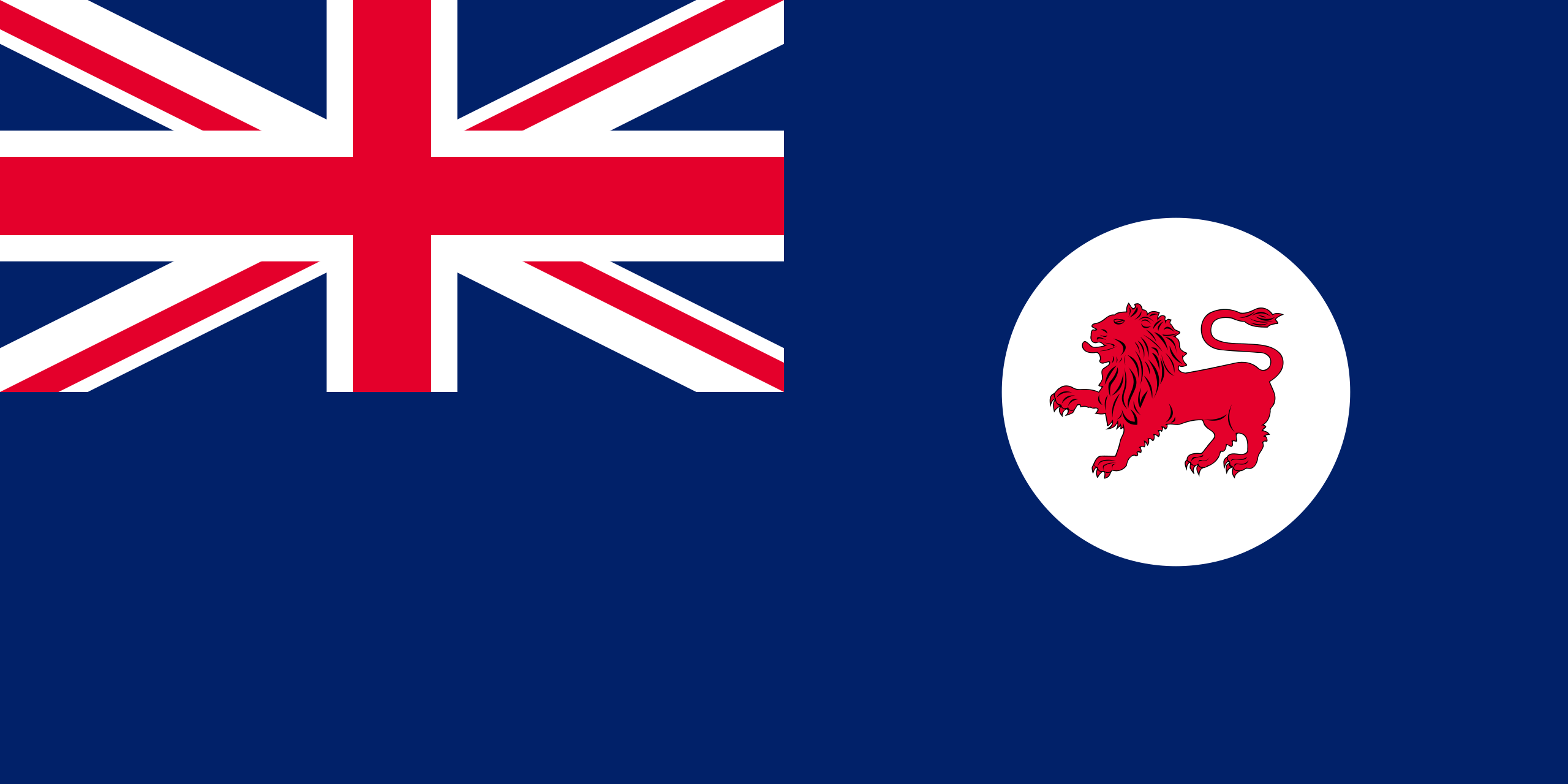
Timeline of Australian State Flag Adoption
1876
New South Wales Flag
Adopted as a Blue Ensign with a white disc featuring the St George's Cross, gold lion, and four stars.
1876
Queensland Flag
Introduced with a white disc bearing a Maltese Cross and Royal Crown, replacing an earlier design with Queen Victoria's head.
1876
Tasmania Flag
Approved with a simple white disc and red lion passant, linking directly to English heraldry.
1877
Victoria Flag
Adopted as a Blue Ensign defaced with the Southern Cross and surmounted by St Edward's Crown.
1904
South Australia Flag
Updated to feature the golden disc with the piping shrike (Australian magpie), replacing earlier colonial badges.
1953
Western Australia Flag
Confirmed in its current form, with the black swan on a golden disc facing the hoist for accuracy.
State Flags in Modern Identity
Though the states' flags are deeply rooted in colonial identity, they still remain active symbols in contemporary public life. They're seen flying at state parliaments, schools, courts, and government buildings. They also feature prominently during national and local holidays and commemorative events. Sporting teams and cultural festivals also see them used.
Some states also see the flags used as rallying symbols during debates on governance and representation, while others mostly use them ceremonially. They're a good example of how regional identity and national identity can coexist, with all the state flags retaining elements found in the Australian national flag while adding their own local flair; they're Australian and representative of the state itself.
While many other flags, like the flag flown at the Eureka Stockade, tend to have many uses and contexts that can be divisive, aside from the British heraldy behind the state flags, they're rarely used in opposing contexts like many other flags.















